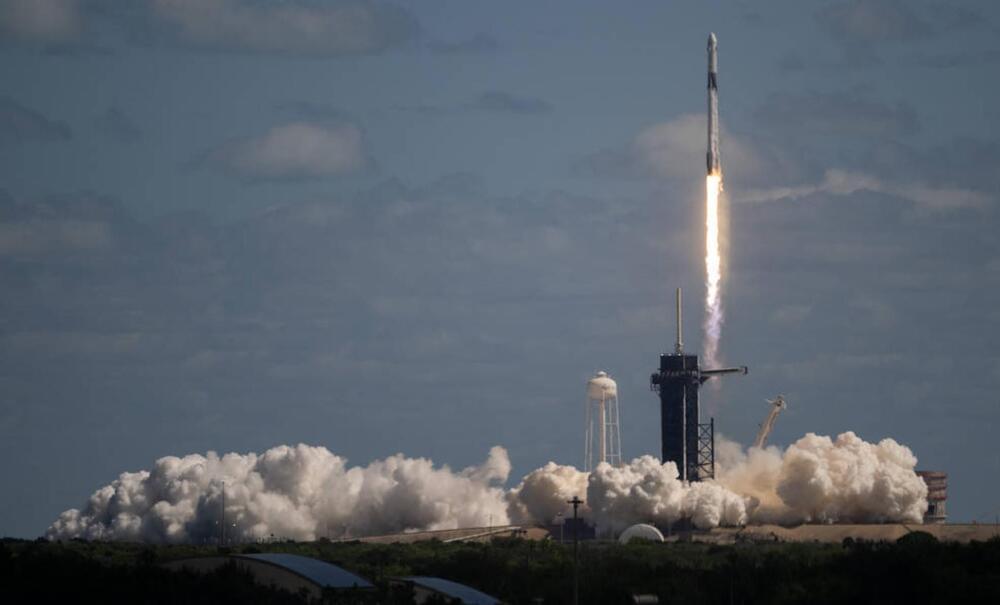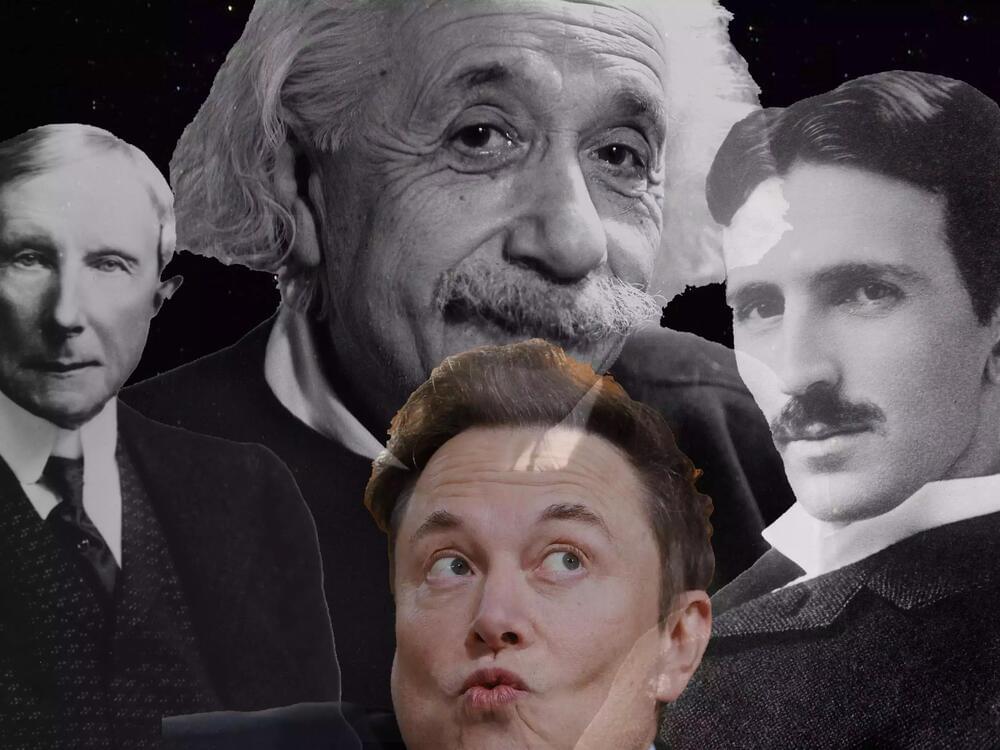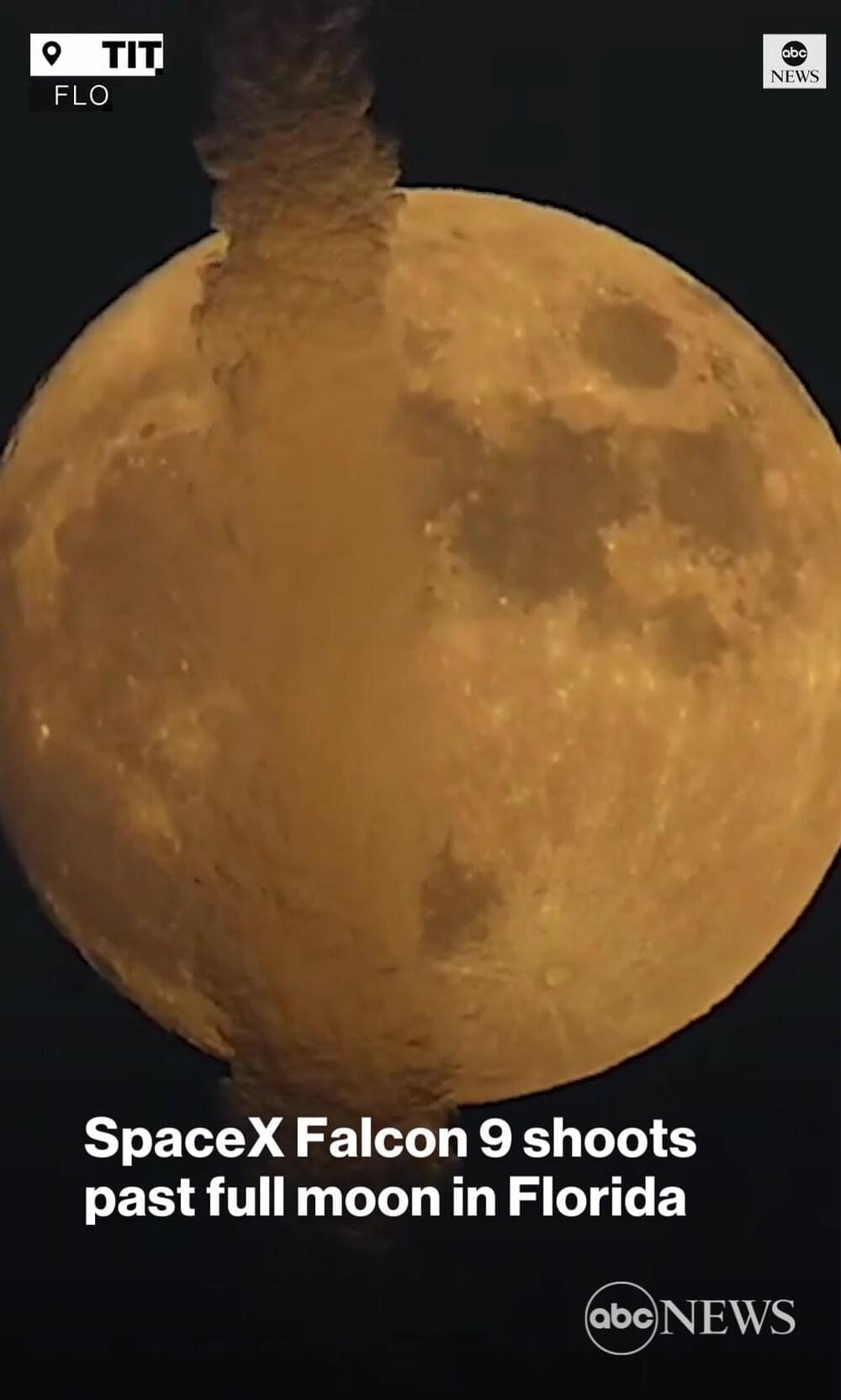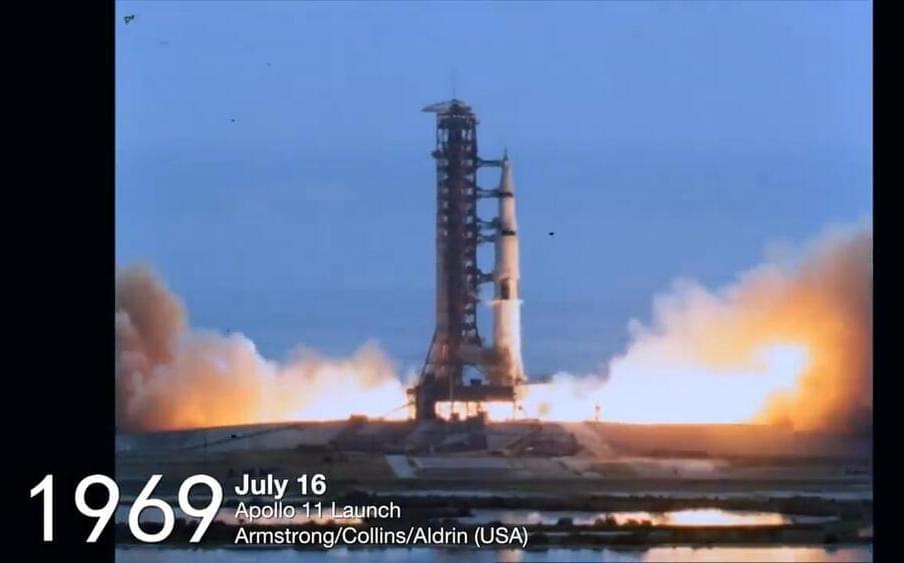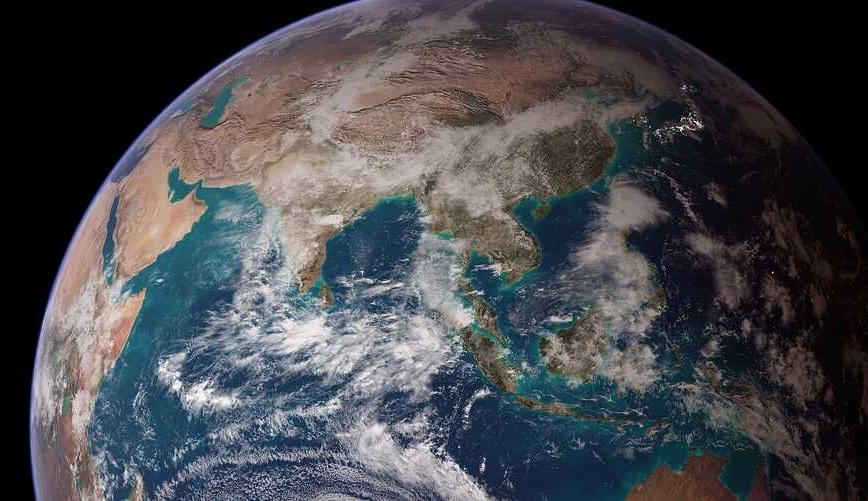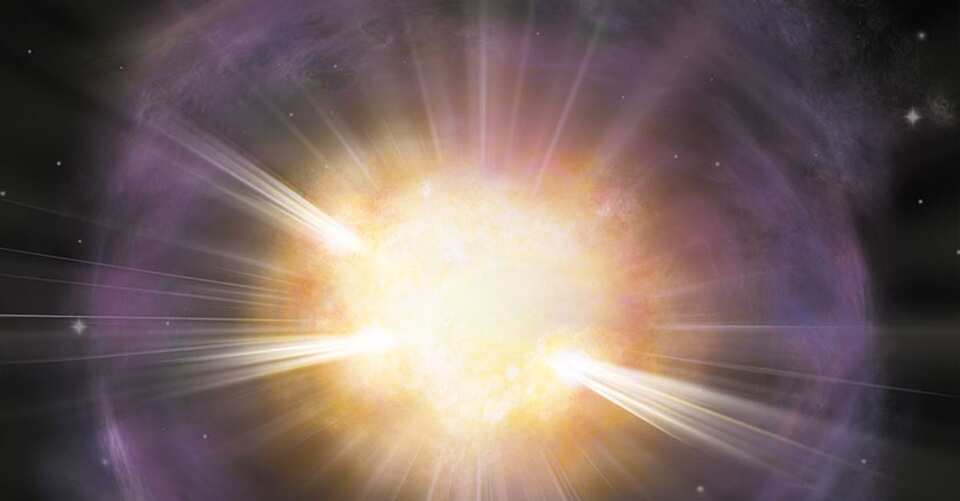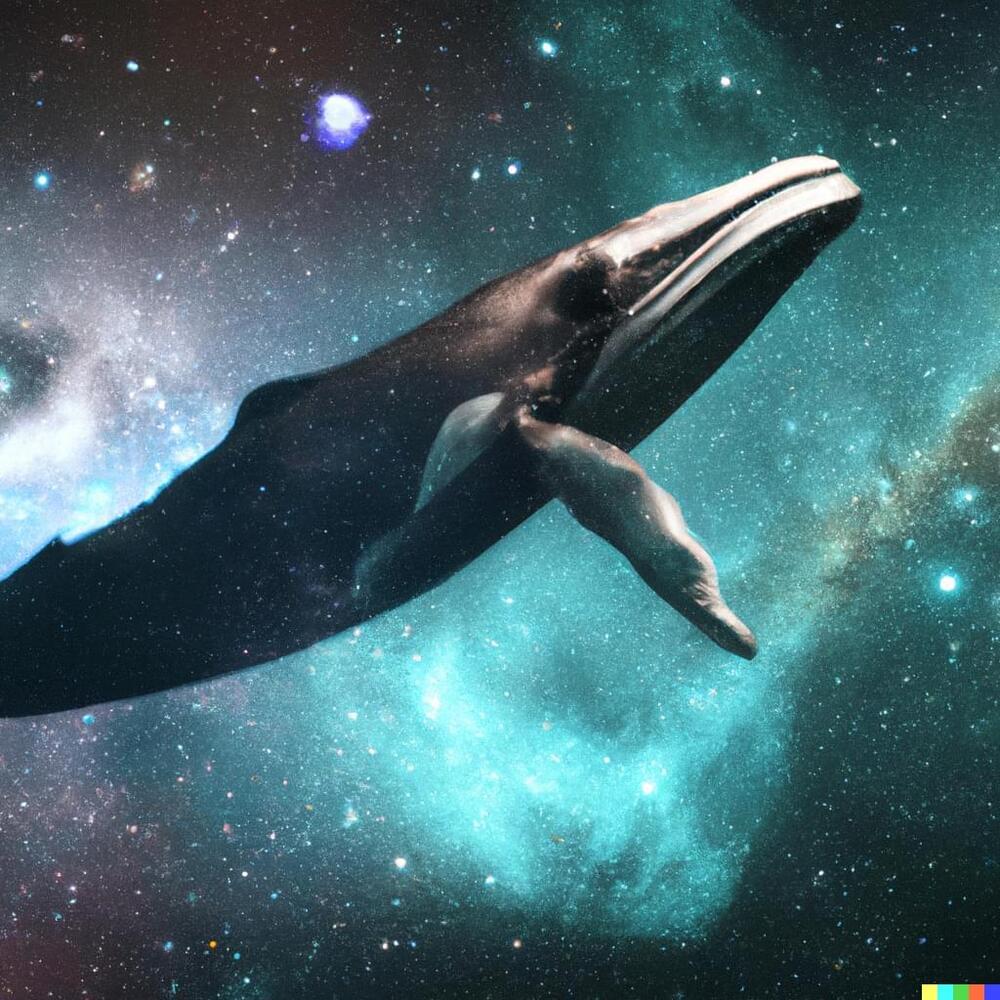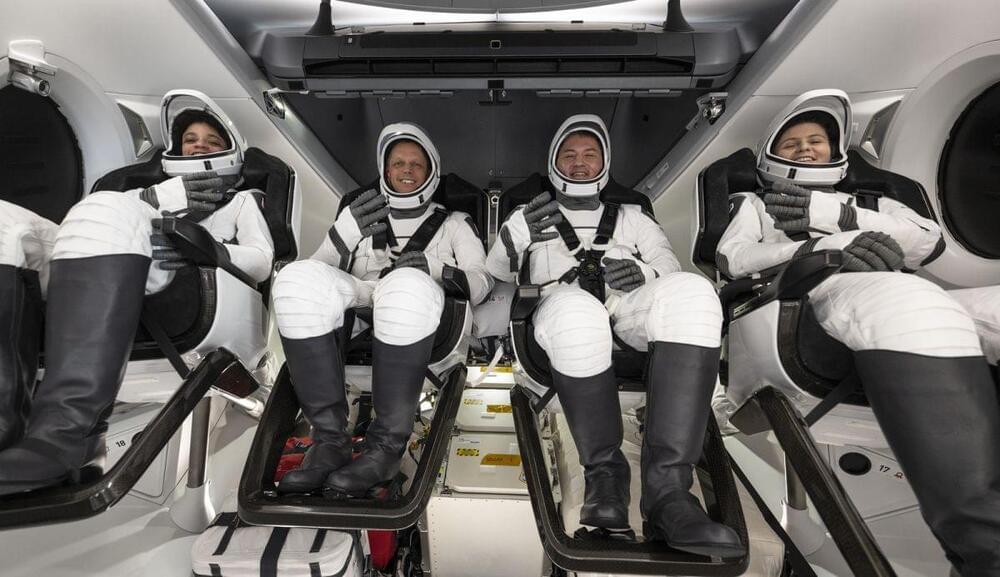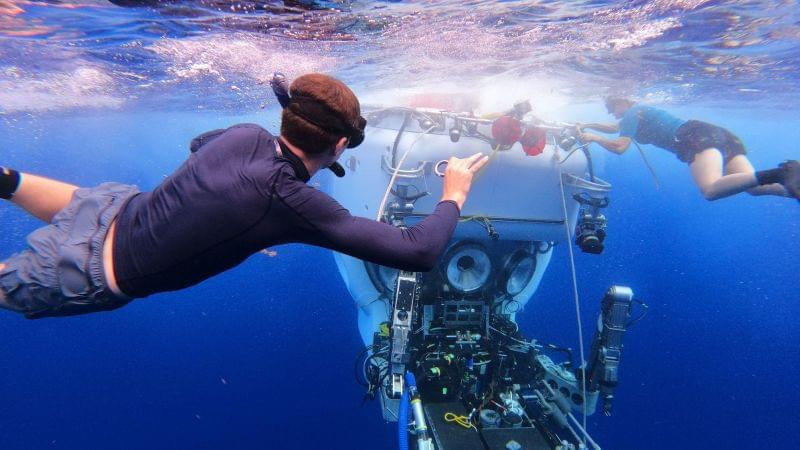Musk was inspired by Alexander and Napolean, says his father.
Elon Musk is a combination of Albert Einstein, Nikola Tesla, and John D. Rockefeller, according to Dolly Singh, a former SpaceX executive who worked with Musk between 2008 and 2013.
Daniel Oberhaus/ Wikimedia Commons.
The Elon Musk Show is a three-part documentary, available only in the U.K., that looks to unravel the making of Elon Musk through interviews with family, friends, former employees as well as Musk’s adversaries. The first episode aired last week, while Singh made the comments in the second episode, which Business Insider has previewed.
